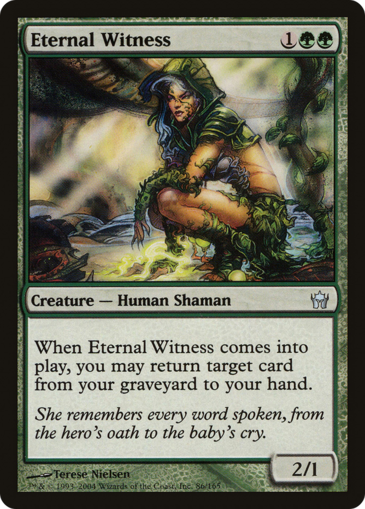

One kilogram of fentanyl has the potential to kill 500,000 people. Syndicates and gangs typically distribute fentanyl by the kilogram. It is primarily manufactured in clandestine foreign labs and smuggled into the United States to be sold through criminal drug cartels. Fentanyl is a factor in seven out of every 10 drug overdose deaths. A minuscule 2 milligrams of fentanyl (.0000705479 ounces) is potentially lethal. Fentanyl is a powerful synthetic opioid analgesic that is similar to morphine, but is 50 to 100 times more potent. Opioids are the leading culprits, with fentanyl at the forefront. Approximately 100,000 people die of a drug overdose each year. There are more deaths of persons in America under 50 years of age through assumed risks than any other cause of death, including heart disease, cancer, homicide, suicide and inadvertent accidents. The frontal lobe provides more discerning impulse control, counseling, mature judgment and humane empathy.

They fail to appreciate the background message from the frontal lobe “That’s a bad idea, don’t do that.” In adults the fully developed frontal lobe operates as a governor signaling caution to be wary of improvident knee-jerk reactions. They are more susceptible to engaging in dangerous limbic urges. Adolescents may not fully appreciate risks or exercise prudent caution. During adolescence the limbic system spins in high gear and overdrive, accentuating impulsive behavior, reward seeking, as a high revving, hormonally driven sex drive. It constitutes a continuing work in progress which undergoes intense growth and change.īrain maturation comes about sequentially from the occipital, cranial, temporal and frontal lobe housed within the protective shield of an osseous skull. From infancy throughout the adolescent years, the frontal lobe of the human brain has not fully developed. Suicide has become the primary cause of the death of 13 and 14 year-olds. The rate of suicide in the United States has progressively been climbing at an alarming rate. On the flip-side of risk taking is suicide, the intent to abruptly and irrevocably end life’s journey through calculated self-inflicted means. This reckless disregard for life trumps Knievel’s 433 bone fractures by a cranial short shot. lli Pietta long Colt 45 revolver borrowed from Alec Baldwin loaded with only a single live cartridge, points the muzzle at his head, and pulls the trigger. The risks associated with death-defying stunts are elevated by several notches with the “game” Russian Roulette. Knievel is entered in the Guinness Book of World Records for raking up the “most bones broken in a lifetime” while jousting with the Grim Reaper. His most remarkable legacy is that he suffered and survived 433 bone fractures. He flouted carnage by catapulting a motorcycle more than 300 times over all manners of flesh ripping, bone crunching obstacles. Knievel was the king of death-defying stunts. Ultra hazardous behavior could clinically be classified as an “Evel Knievel psychiatric disorder.” Whatever may set off extreme risk taking, the primal instinct of survival is compromised.

Engaging in high risk activities is an attempt to instill a sense of self confidence and worth. Others suffer from a sense of inadequacy. Some are energized by a fixation of invincibility. Ralph Josephsohn / St Vrain Valley VoicesĮxtreme daredevils take hazardous risks which flirt with death like a moth attracted to a flame.


 0 kommentar(er)
0 kommentar(er)
